In the peaceful silence of dawn, as the world awakens to the symphony of birdsong, a new type of birdwatcher emerges—one equipped not just with binoculars and field guides, but with sophisticated audio recording devices. The traditional image of the patient observer sitting quietly with eyes trained to the skies is evolving as technology transforms the hobby. Sound recording has rapidly moved from a specialist pursuit to a mainstream tool in birdwatching circles, offering enthusiasts new ways to identify, document, and appreciate avian diversity. This shift represents more than just a technological trend; it embodies a deeper understanding of birds through their vocalizations and opens up birdwatching to people with different abilities, preferences, and research interests.
The Limitations of Visual Identification
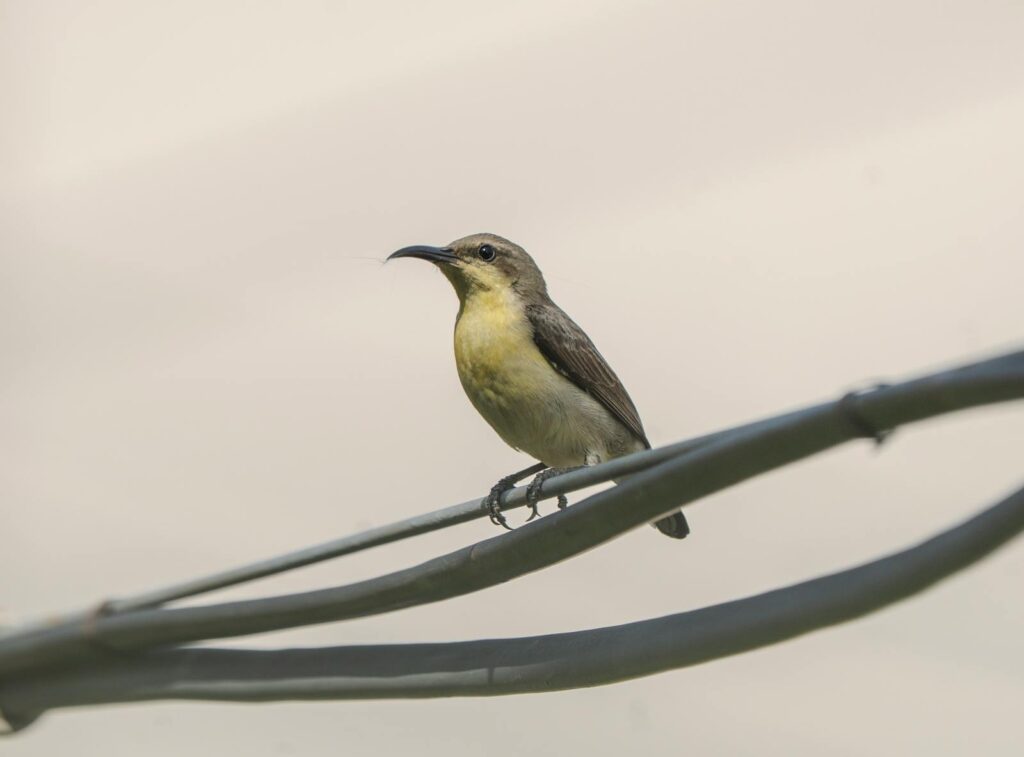
Traditional birdwatching relies heavily on visual spotting and identification, which comes with inherent challenges that even seasoned birders struggle to overcome. Many species are cryptic, hiding in dense foliage or high canopies where only fleeting glimpses are possible, making visual confirmation difficult or impossible. Certain bird families, like flycatchers, vireos, and warblers, contain species so visually similar that confident identification by sight alone can be extremely challenging. Additionally, dawn chorus—when most birds are most active—often occurs in low light conditions that further complicate visual identification. The reality is that in many habitats, birdwatchers might hear ten birds for every one they see, making pure visual birdwatching an exercise that misses the majority of avian presence.
The Rich World of Bird Vocalizations
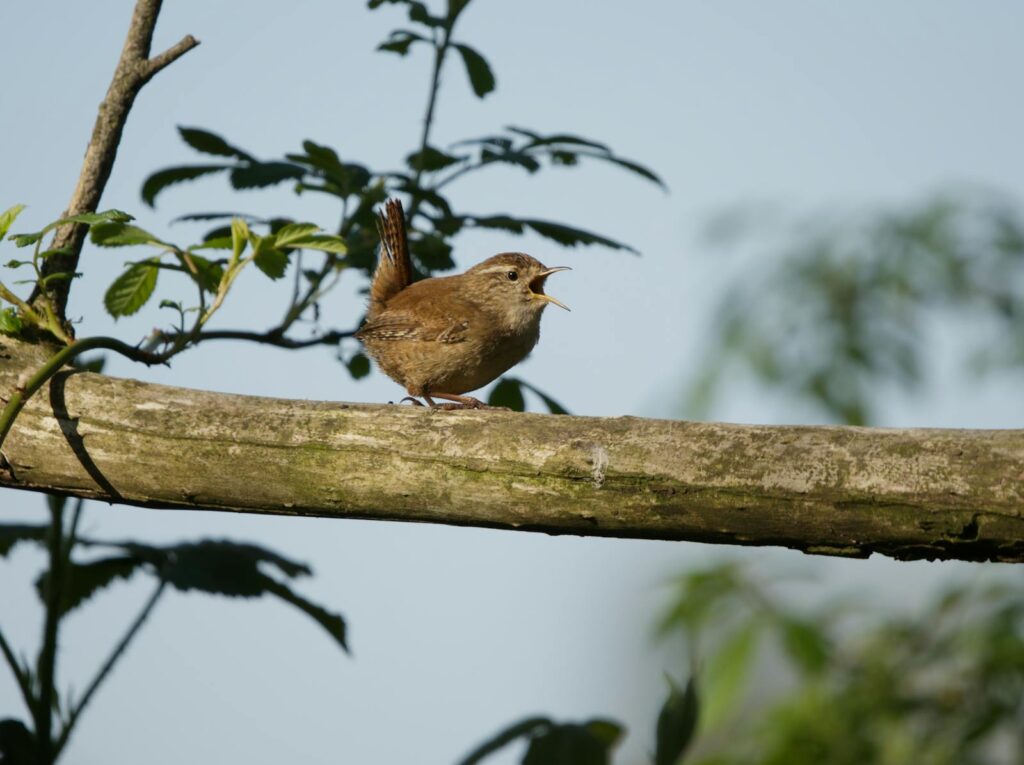
Bird vocalizations represent one of the most complex communication systems in the animal kingdom, with many species having distinctive songs, calls, and non-vocal sounds that are often more species-specific than visual characteristics. Unlike physical appearances that can vary with lighting conditions, distance, and angle of view, bird sounds remain consistent and can carry for remarkable distances through various habitats. Many birds have multiple vocalization types—from territorial songs and alarm calls to feeding signals and courtship displays—each offering insights into behavior and ecology not observable through binoculars. Some species, like the North American Winter Wren, produce songs of astonishing complexity with up to 100 notes per second, creating acoustic signatures that can be analyzed in detail through recordings. For nocturnal species like owls and nightjars, or secretive marsh birds like rails, sound often provides the only reliable method of detection and identification.
Technological Advances in Sound Recording Equipment
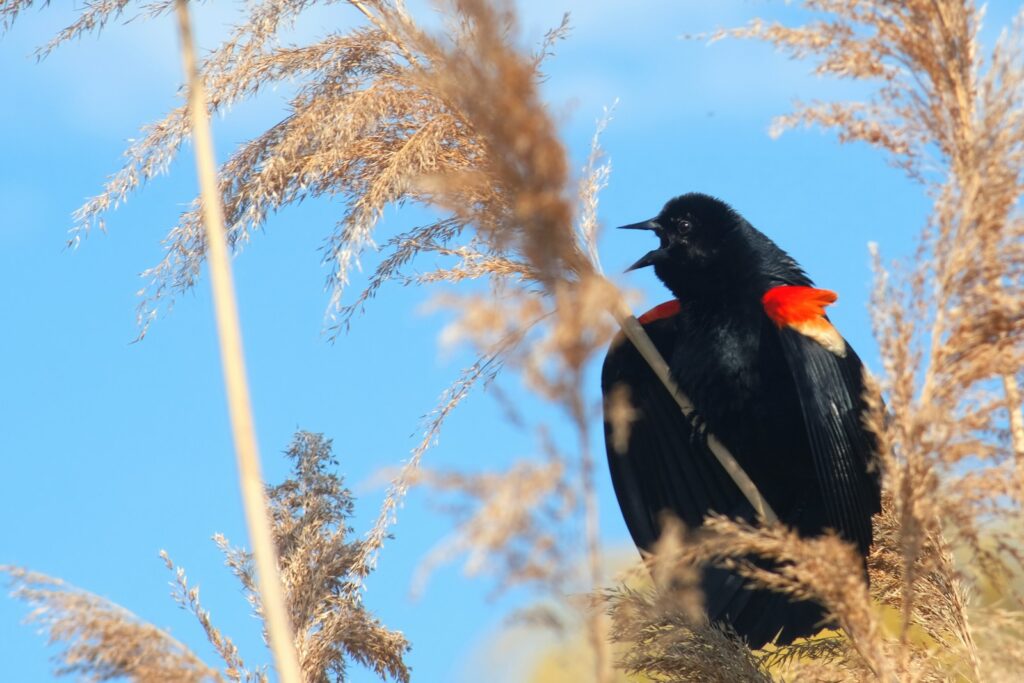
The equipment available to bird sound enthusiasts has undergone a revolutionary transformation in the past decade, making high-quality recording accessible to hobbyists. Modern digital recorders have replaced bulky cassette recorders, offering extended battery life, vast storage capacity, and superior sound quality in packages small enough to fit in a pocket. Directional microphones, particularly parabolic models that can isolate distant bird calls from ambient noise, have become more affordable and user-friendly for amateur recordists. Smartphone technology has perhaps contributed the most to the democratization of bird sound recording, with apps like Song Sleuth, BirdNet, and Merlin Bird ID turning ordinary phones into powerful recording and identification tools. Complementing these field tools, sophisticated audio analysis software allows birders to visualize recordings as spectrograms—graphic representations that can reveal subtle differences in bird vocalizations invisible to the human ear.
Citizen Science and Conservation Applications
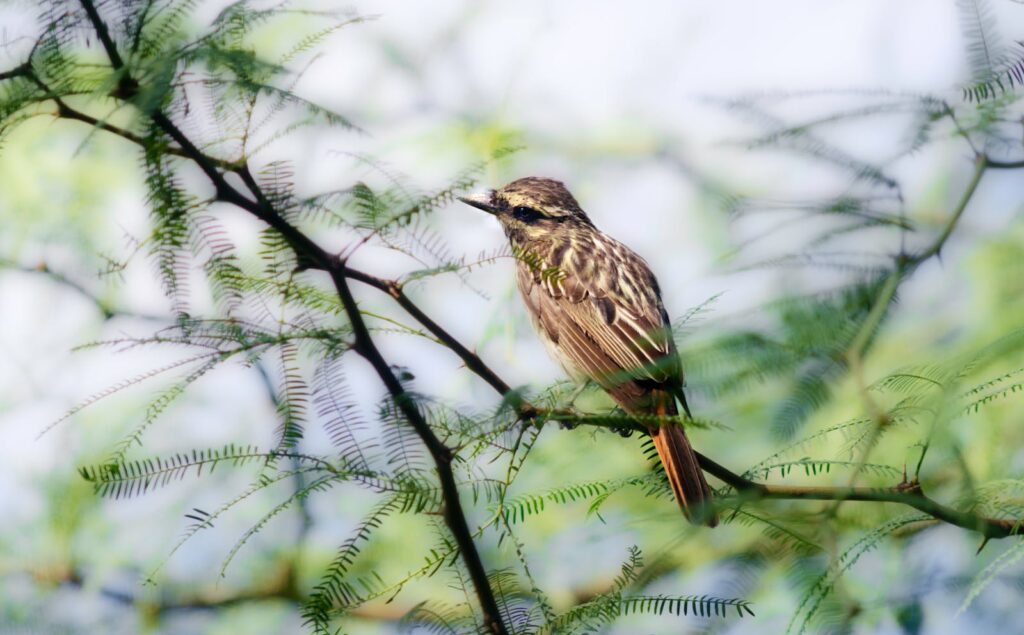
Sound recording has become a valuable tool in citizen science, allowing amateur birders to make meaningful contributions to ornithological research and conservation efforts. Projects like the Cornell Lab of Ornithology’s Macaulay Library—the world’s largest archive of wildlife sounds—rely heavily on recordings submitted by citizen scientists from around the globe. These sound libraries provide researchers with temporal and geographical data on bird distributions that would be impossible to collect through traditional research methods alone. Conservation organizations increasingly use acoustic monitoring to assess population trends, detect rare or endangered species, and document the impacts of habitat changes on bird communities. In remote or difficult-to-access locations, automated recording units can continuously collect sound data for months, creating comprehensive acoustic surveys without human presence that might disturb sensitive species.
Accessibility and Inclusion in Birdwatching
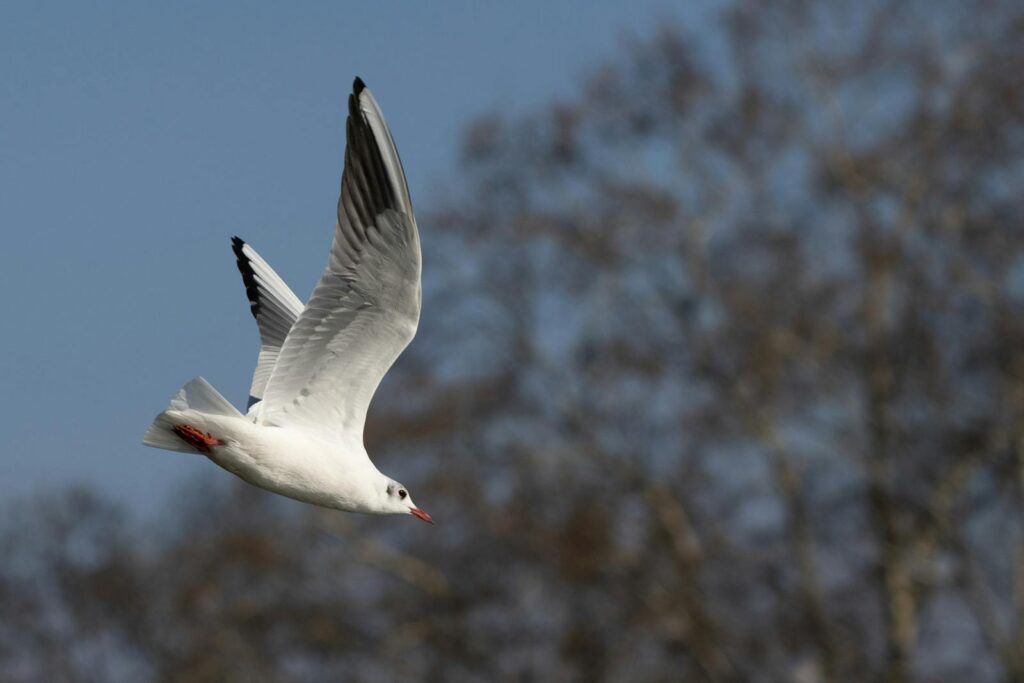
Sound recording has dramatically expanded the accessibility of birdwatching, making the hobby more inclusive for people with different abilities and circumstances. For visually impaired nature enthusiasts, bird sounds provide a rich way to experience and identify avian diversity, with recording technology allowing detailed study and enjoyment. Older birdwatchers experiencing hearing loss can use recording equipment to capture sounds they might miss, then analyze them later using software that can adjust frequencies to compensate for hearing deficiencies. The ability to record and later identify birds has also made the activity more accessible to people with mobility issues who might not be able to react quickly enough to catch glimpses of fast-moving birds. Additionally, sound recording has opened up nighttime birdwatching—previously accessible only to those with specialized equipment and expertise—to a much broader audience who can set up automated recording systems and analyze the results at their convenience.
Building Personal Sound Libraries

Many birdwatchers are discovering the satisfaction of building personal sound libraries—collections of recordings that document their encounters with birds across locations and seasons. These libraries serve as acoustic life lists, complementing traditional species checklists with rich media that capture the experience of each birding outing. Personal recordings often hold greater emotional and memory value than photographs, transporting the listener back to specific moments and locations with remarkable vividness. Over time, these collections become valuable archives that document changes in local bird populations and vocalization patterns, sometimes capturing historical data on species that later decline or disappear from regions. Serious sound collectors develop meticulous cataloging systems, tagging recordings with date, location, weather conditions, and behavioral context, creating scientific-quality resources from a recreational pursuit.
Enhancing Learning and Identification Skills
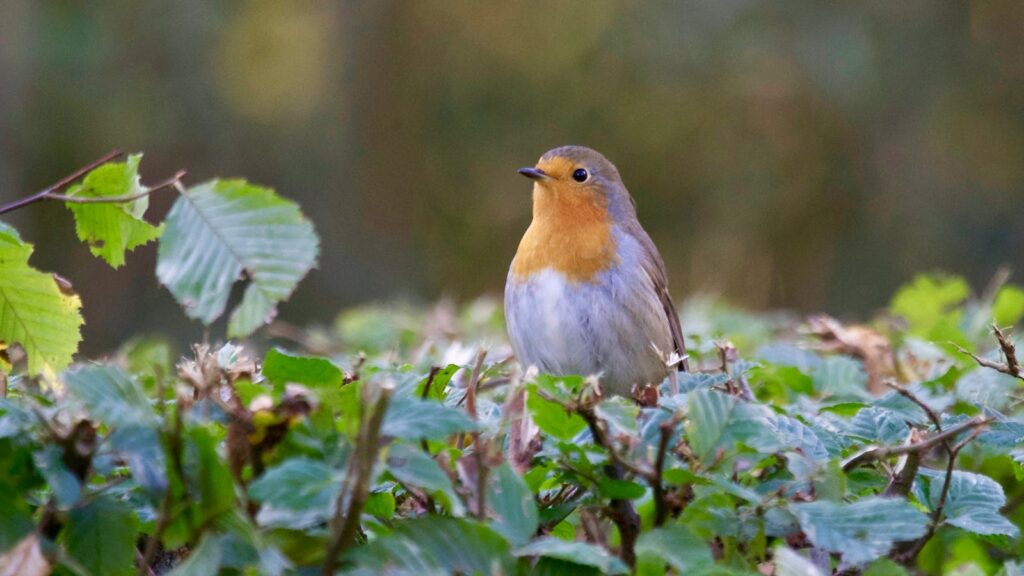
The practice of sound recording dramatically accelerates the learning curve for bird identification, providing concrete tools for improving one’s skills beyond what is possible with field observation alone. Recording allows repeated listening to challenging vocalizations, turning fleeting moments in the field into study materials that can be analyzed at leisure and compared to reference recordings. The process of recording birds makes listeners more attentive to subtle differences in songs, calls, and acoustic behaviors, training the ear to recognize distinctive patterns and characteristics. Creating spectrograms from recordings provides visual representations of sounds, helping birders understand structural components of vocalizations that might be difficult to discern by ear alone. Many birders report that after adopting sound recording as part of their practice, they develop a heightened awareness of the soundscape, noticing vocalizations they previously would have missed entirely.
The Technical Challenge and Appeal
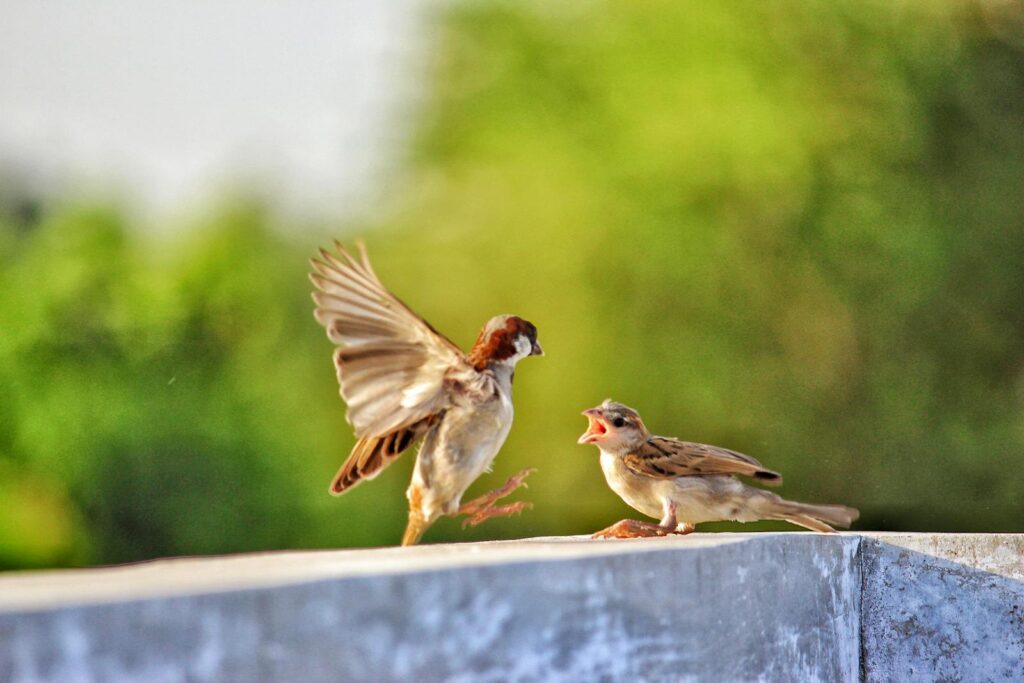
For many enthusiasts, the technical aspects of bird sound recording provide an engaging additional dimension to the birdwatching experience. Mastering equipment settings, microphone placement, and field recording techniques becomes a satisfying skill set that combines technical knowledge with natural history expertise. The post-processing of recordings—cleaning up background noise, isolating specific vocalizations, and creating high-quality sound files—appeals to those who enjoy both technological challenges and creative sound production. Many birders who begin recording discover a fascination with the scientific aspects of bioacoustics, delving into topics like dialects, vocal learning, and the evolution of acoustic communication in birds. This technical side of sound recording attracts people with backgrounds in audio engineering, music, or computer science to birdwatching, diversifying the community with new perspectives and skills.
Documenting Rare and Unusual Vocalizations

Sound recording has become especially valuable for documenting rare birds, unusual vocalizations, and acoustic behaviors that might otherwise go unverified. When rare or out-of-range birds appear, sound recordings often provide more conclusive evidence for record committees than written descriptions or even photographs, particularly for species identified primarily by voice. Recordings have revealed previously undocumented vocalizations in well-studied species, including subsongs, mimicry, and regional dialects that expand our understanding of avian communication. Some birders specialize in recording unusual acoustic phenomena like the dawn chorus in different habitats throughout the year, creating valuable documentation of these ephemeral natural events. The growing archive of unusual recordings has led to discoveries about vocal plasticity, learning, and adaptation in birds facing changing environments or interacting with novel species.
Social Connections Through Sound Sharing
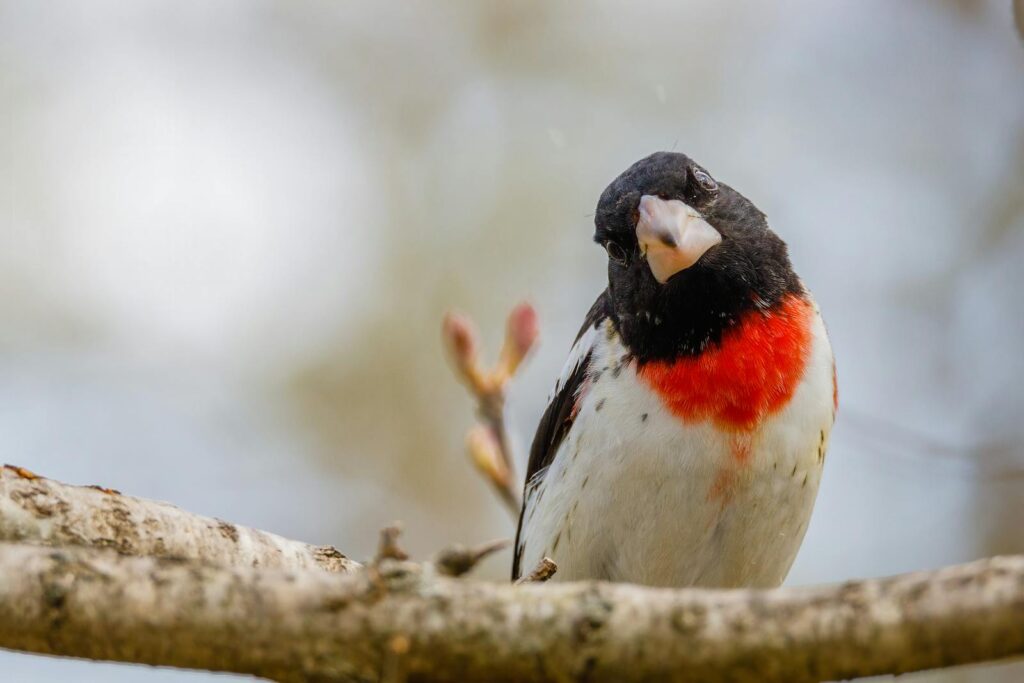
The sharing of bird recordings has created new forms of community and connection among birdwatchers across geographical boundaries. Online platforms like eBird, Xeno-Canto, and specialized social media groups allow instant sharing of interesting recordings, creating collaborative identification networks and learning communities. Recording meetups and workshops has become a popular event at birding festivals and nature centers, where enthusiasts can exchange techniques and experiences while building face-to-face connections. The collaborative nature of sound recording—where experienced recordists freely mentor newcomers—has fostered a particularly supportive and inclusive subculture within the broader birdwatching community. Virtual bird walks using shared sound recordings have emerged as a way for people to experience birds from distant locations or to participate in guided experiences when physical attendance isn’t possible.
Nocturnal Migration Monitoring
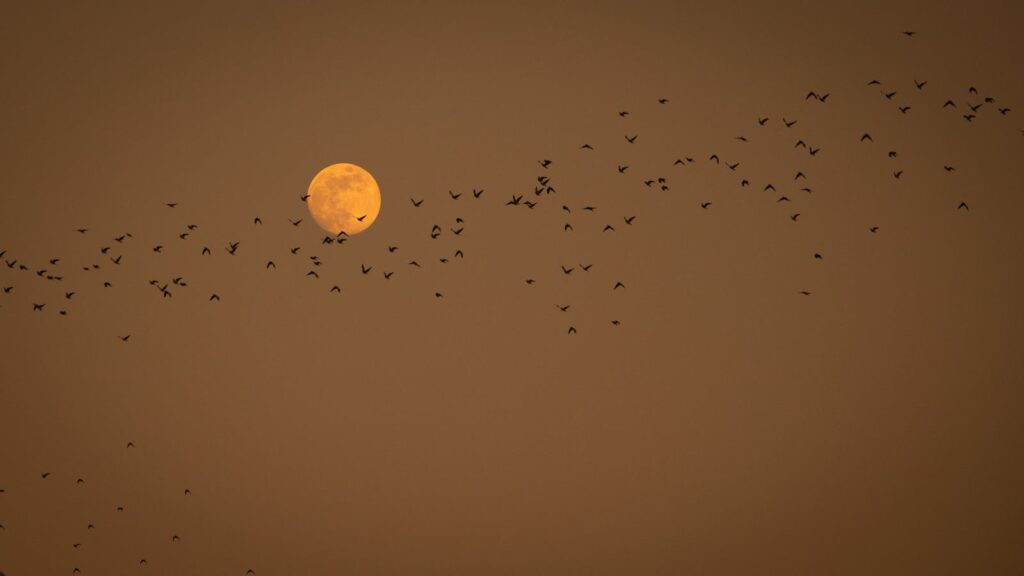
One of the most exciting applications of sound recording in birdwatching has been the growing phenomenon of “nocmig” (nocturnal migration) monitoring, where enthusiasts record the flight calls of birds migrating overhead during the night. This practice has transformed understanding of migration patterns, with amateur recordists documenting species passing over urban and suburban areas that would otherwise go completely undetected. The distinctive chip notes and flight calls of night migrants often differ from their daytime vocalizations, creating a specialized field of identification that was barely accessible before recording technology became widespread. Thousands of birds can pass overhead during a single night during peak migration, with recorders capturing this invisible river of life even in heavily developed areas where birdwatching might seem unpromising. The community of nocturnal migration recordists has developed specialized equipment setups—often on rooftops or balconies—and analysis techniques to document this remarkable and previously understudied phenomenon.
Ethical Considerations in Bird Sound Recording

As sound recording grows in popularity, the birdwatching community has developed ethical guidelines to ensure the practice doesn’t negatively impact bird welfare or habitat. Most established organizations discourage the use of playback (playing recorded bird sounds) to attract birds, particularly during breeding season, when it may disrupt territorial behaviors or nesting activities. Recordists are increasingly mindful of maintaining appropriate distances from subjects, especially when using directional microphones that allow non-intrusive documentation. Many sound recording enthusiasts have become advocates for protecting natural soundscapes from noise pollution, recognizing how human-generated sounds can mask bird communications and disrupt breeding and feeding behaviors. The most respected practitioners emphasize that the welfare of the birds always takes precedence over obtaining recordings, no matter how rare or valuable the vocalizations might be.
The Future of Acoustic Birdwatching

The integration of artificial intelligence with sound recording is rapidly advancing the capabilities available to birdwatchers, suggesting an even more prominent role for acoustics in the future of the hobby. Automated species identification through machine learning algorithms continues to improve in accuracy, with apps that can identify hundreds of species in real-time from recordings made in the field. Networked recording stations are creating continuous monitoring systems that track migration patterns, population changes, and responses to climate shifts across vast geographical areas. Research into bird dialects and acoustic adaptations to urban environments is increasingly supported by citizen recordings, providing data at scales previously unimaginable. As technology continues to evolve, the boundaries between professional ornithological research and amateur birdwatching through sound are likely to blur further, creating a continuum of participation in avian acoustic study that welcomes enthusiasts at all levels of expertise and commitment.
Conclusion
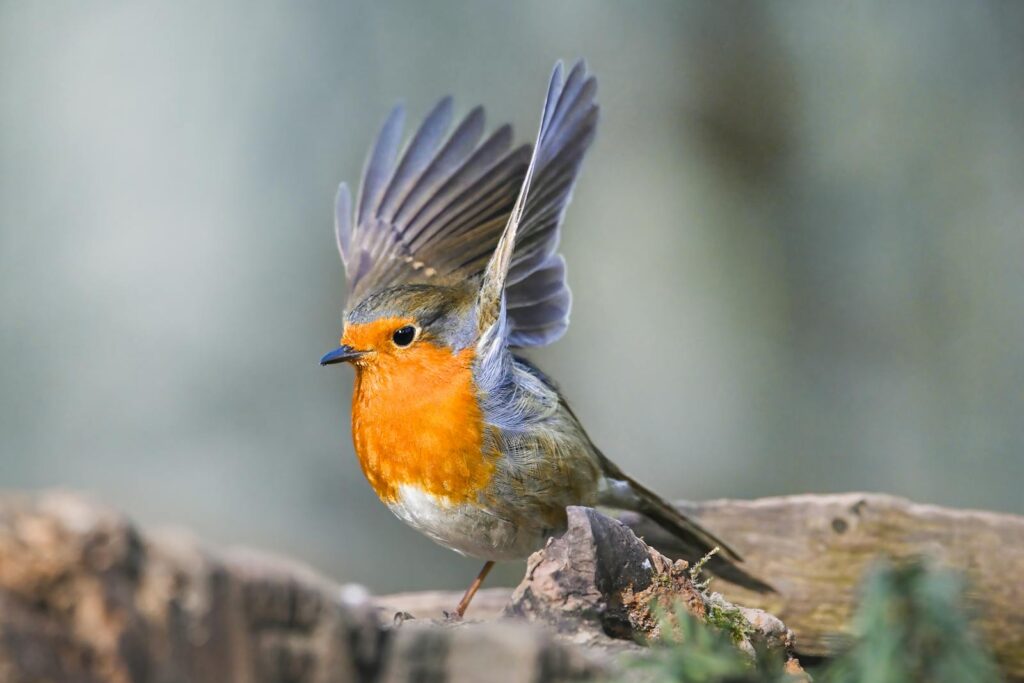
The shift toward sound recording represents perhaps the most significant evolution in birdwatching practice since the invention of modern binoculars. This technological approach has transcended its role as merely another tool in the birdwatcher’s kit to become a transformative force, reshaping how people connect with birds and their environments. By revealing the rich acoustic dimension of avian life, sound recording has deepened appreciation for birds’ complex communication systems and behaviors. It has also dramatically expanded who can participate in birdwatching and how they can contribute to citizen science. As recording technology becomes increasingly sophisticated yet more accessible, we can expect this acoustic revolution to continue transforming both recreational birdwatching and ornithological research, creating a more inclusive, informed, and engaged community of bird enthusiasts.
